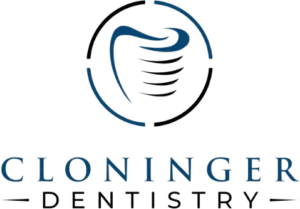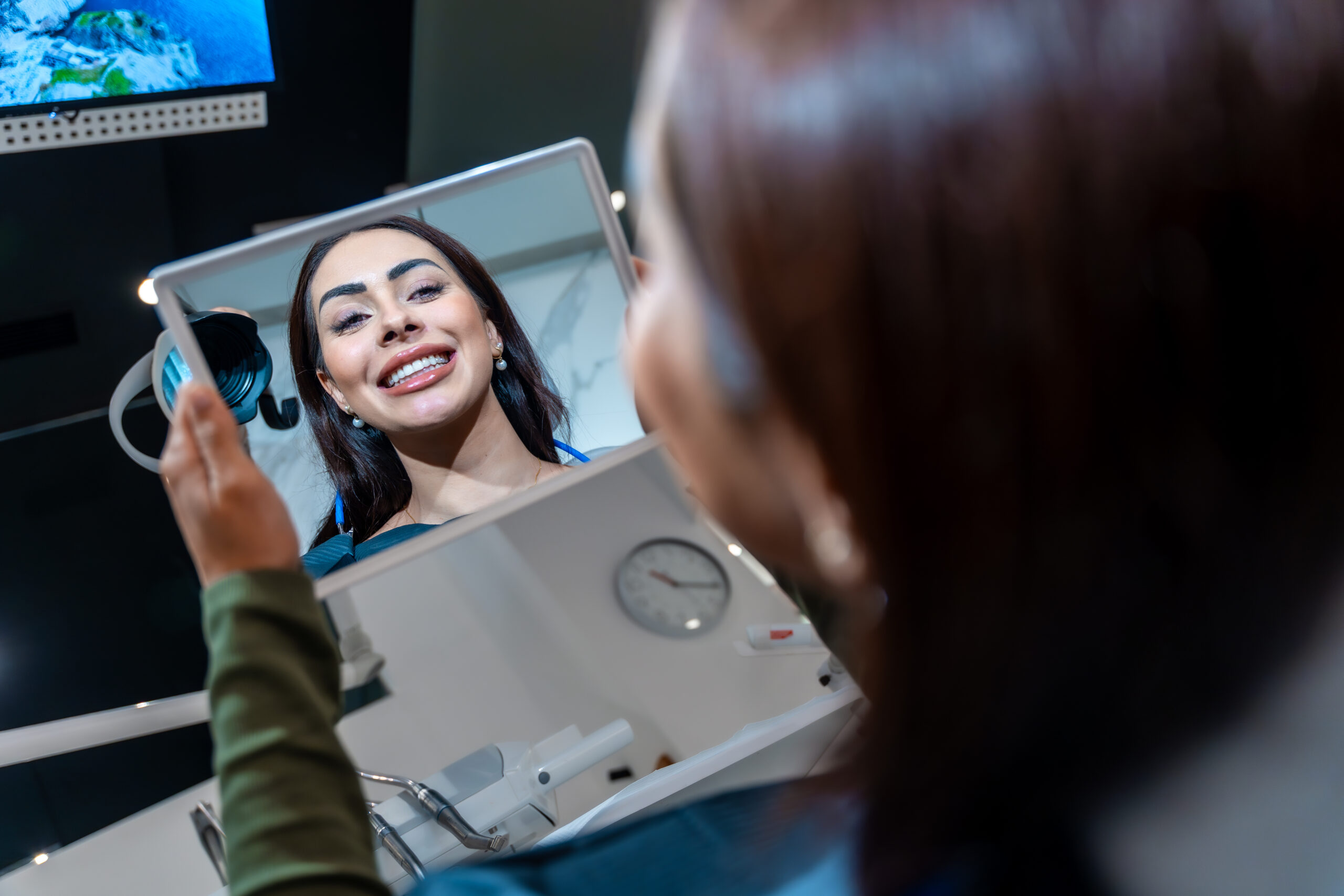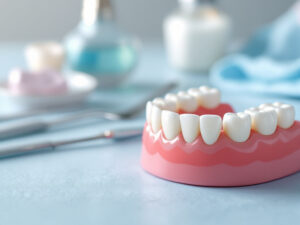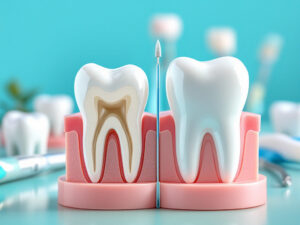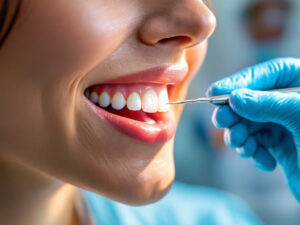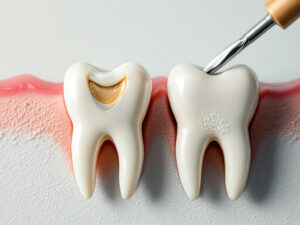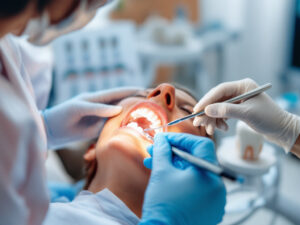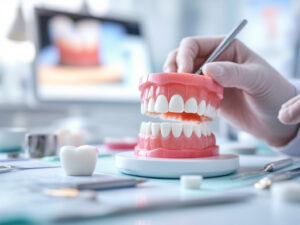Introduction
Telehealth dental consultation has become an increasingly popular way to connect with a dental professional from the comfort of your home. This approach is convenient, efficient, and supportive of the unique challenges you and your family might face when seeking oral healthcare. By leveraging technology, you can access comprehensive care plans, tailored guidance, and the support necessary for lasting oral health without sacrificing your busy schedule.
In the following sections, you will discover what a telehealth dental consultation involves, the key steps to prepare for it, and how it can fit into your unique circumstances. You will also learn why choosing a reliable dental practice, like Cloninger Dentistry, can give you confidence that each appointment is conducted in a safe, empathetic, and professional environment. Throughout this article, you will find references to real research and best practices in telehealth dentistry, ensuring that you have the knowledge you need to make informed decisions about your oral care.
Below, you will also see how Cloninger Dentistry’s breadth of services works seamlessly with telehealth solutions, whether you are exploring professional teeth whitening, discussing sedation dentistry service, or planning a clear aligner consultation. Finally, you will find frequently asked questions to help you clarify any lingering thoughts about this increasingly vital method of delivering dental care.
Understand the basic concept
A telehealth dental consultation allows you to speak with a dentist in real time via phone or video conferencing. According to research from the National Center for Biotechnology Information (NCBI), this remote form of care not only minimizes costs by reducing travel expenses, but also ensures that patients have better access to specialists and second opinions. Telehealth dentistry has been around since 1994, when the US Army launched the Total Dental Access Project to facilitate advice and treatment options for soldiers who could not easily reach a dental clinic.
The concept of exchanging dental information online goes beyond just addressing emergencies. A telehealth dental consultation can involve follow-up visits, evaluations of ongoing treatments, diet guidance, or help in monitoring conditions like delayed tooth eruptions in children. You can get expert opinions from multiple specialists—regardless of their geographic location—from the convenience of your home. This format also supports individuals who struggle with anxiety in traditional clinical settings, offering a more comfortable space in which to communicate.
Recognize the unique challenges
Just as some patients experience unique challenges through major life events, oral health seekers often have barriers such as scheduling conflicts, fear of judgment, or difficulty finding specialized care in their local communities. Telehealth consultations can address these roadblocks by:
- Providing scheduling flexibility
- Reducing stress associated with in-person visits
- Connecting you with specialists—no matter how far away they might be
- Simplifying follow-ups and saving time
Moreover, teledentistry can reach those living in areas with limited access to dental care. According to Sesame Care, many Americans live in “dental care deserts,” where a shortage of dentists, financial hurdles, or long travel times pose obstacles. By being able to log in remotely and communicate with a professional, these underserved populations can receive the support necessary for lasting improvements in their oral health.
Embrace a supportive environment
Telehealth dentistry relies on empathetic and communicative professionals who strive to create a comforting environment for you to address any oral health concerns. This supportive environment is crucial for:
- Encouraging open conversations about symptoms, anxieties, and goals.
- Addressing emotional struggles tied to your smile or perceived stigma about oral health.
- Offering reassurance while you navigate new or existing treatment options.
You may find that telehealth consultations can ease the natural hesitancy some people have toward discussing dental worries. Cloninger Dentistry, for instance, focuses on individualized plans for each patient. This approach emphasizes delivering comprehensive care alongside the warmth and empathy you expect from a traditional in-person clinic. Whether you deal with mild nervousness or strong dental anxiety, the option to speak from your home can alleviate stress and help you maintain consistency in your oral health care routine.
Examine benefits of a telehealth dental consultation
A telehealth dental consultation can be the right choice for individuals seeking convenience, long-term savings, and expert guidance. Here are some of the core benefits:
- Convenience and time savings
- Eliminates travel and waiting room times.
- Helps you address non-urgent concerns quickly, thus reducing the need for multiple in-person appointments.
- Allows you to schedule around work, school, or caregiving responsibilities.
- Potential cost savings
- Research from Scopic Software shows that telehealth dentistry reduces overhead for clinics, which often translates into lower patient fees.
- According to Sesame Care, an online dental visit can cost significantly less than a typical in-person visit.
- Faster access to specialized opinions
- Remote channels allow for prompt sharing of X-rays, photos, and records with multiple dental experts.
- Ideal for second opinions or specialized treatments such as orthodontic planning or oral surgery consultations.
- Reduced exposure to infections
- During times of heightened health concerns, telehealth services reduce exposure to contagious illnesses in medical waiting rooms.
- Patient confidentiality is enhanced by minimizing in-office foot traffic.
- Continuous support for long-term care
- Perfect for check-ups, progress evaluations for orthodontic treatment, or discussing results of procedures like a cosmetic smile makeover.
- Empowers you to maintain consistent communication between scheduled in-person visits.
Identify pre-consultation steps
Telehealth is user-friendly, but a few steps will allow you to make the most of your appointment. Consider the following:
- Gather relevant records
- If you have recent X-rays or medical records, make sure they are accessible in digital format.
- Note any symptoms you have experienced and how long they have persisted.
- Write down questions
- The virtual setting is efficient, but it is easy to forget key concerns in the moment.
- To ensure clarity, keep a list of points you wish to address, from tooth sensitivity to aesthetic goals.
- Check your technology
- A stable internet connection and a functional camera are essential.
- Familiarize yourself with the videoconferencing platform used by your dental provider.
- Gather any relevant images or videos
- If you have a smartphone, take clear pictures of the affected area.
- Videos can further illustrate issues like your bite, jaw movement, or gum concerns.
Having these materials gathered in advance eliminates confusion and streamlines your consultation, ensuring a more thorough evaluation and conversation about your needs.
Explore the consultation process
Every practice has its unique approach, but the general flow for a telehealth dental consultation often looks like this:
- Initial contact
- You schedule your appointment and share pertinent details about your oral health history or current concerns.
- Some offices, like Cloninger Dentistry, offer an online interface or phone call for bookings.
- Pre-session preparation
- Before your consultation, you may receive a link to a secure video conferencing platform.
- You could be asked to upload your records or photos to a patient portal.
- Real-time assessment
- In the live session, your dentist will review symptoms, examine any uploaded photos, and conduct a visual inspection of your mouth through video.
- If your camera resolution is clear enough, a dentist may spot issues like gum inflammation, unusual tooth wear, or chipped teeth.
- Discussion of treatment plans
- Your dentist will suggest next steps, whether that involves scheduling an in-person appointment, prescribing medication, or recommending a small lifestyle change for better oral hygiene.
- You can also discuss elective or cosmetic procedures, such as porcelain veneer placement or invisalign clear aligners.
- Follow-up and referrals
- After the consultation, you receive a detailed plan. This might include an in-office session if physical work is required.
- The dentist may also refer you for a specialized procedure like laser gum contouring, ensuring you understand each step of the journey.
This structured, individualized plan respects your specific concerns, creating a more comfortable space for you to confidently pursue your dental goals. The experience is designed to be thorough and empathetic, mirroring the supportive environment you would expect with an in-person visit.
Discover essential tools and technology
Behind each remote appointment is a range of digital tools to enhance accuracy and communication:
- Secure videoconferencing software
- Encrypted messaging for sharing files and photos
- Patient portals for uploading records
- AI-powered applications that can analyze photos to identify potential dental issues
Some practices even integrate real-time remote monitoring technology—useful in orthodontics for tracking teeth alignment progress remotely (NCBI). These advancements offer you a high level of convenience while still receiving expert care.
Consider privacy and security
Security is paramount whenever exchanging medical information online. Many providers comply with regulations such as the Health Insurance Portability and Accountability Act (HIPAA) in the United States. According to Scopic Software, HIPAA-compliant platforms protect oral health data from unauthorized access or breaches. As a patient, you should choose a practice with robust cybersecurity measures, ensuring that any data, images, or personal details you share remain confidential.
Assess cost and insurance coverage
Cost is a vital factor when selecting any healthcare service, including remote consultations. Telehealth often reduces overhead expenses for dental providers, which can translate into potential savings to you. A typical online visit may run between $10 to $80, depending on complexity and location, as Sesame Care highlights. Meanwhile, in-person visits can average $100-$300 without insurance.
Insurance coverage varies widely by location and plan. A review in the Journal of Medical Internet Research notes that some countries or regions reimburse telehealth at a rate comparable to in-person visits, while others provide partial coverage. Moreover, many dental insurance policies have begun adding telehealth services to their list of reimbursable treatments during and after the COVID-19 pandemic.
Below is a simple comparison of in-person vs. telehealth considerations:
| Factor | In-Person Visits | Telehealth Dental Consultation |
|---|---|---|
| Travel Costs | Potentially high | Eliminated |
| Scheduling | May require advance notice | Flexible, often with shorter wait times |
| Exposure Risks | Possible contact with other patients | Minimal or none |
| Insurance Coverage | Generally established | Growing but may vary by policy and region |
| Specialist Access | Limited to local professionals | Expands to geographically distant experts |
| Emotional Comfort | Clinical environment | Supportive environment from home |
By examining this table, you can see how telehealth dentistry offers solutions that fit your lifestyle, budget, or emotional comfort level.
Integrate specialized dental services
Even with telehealth’s rising capabilities, some situations still require in-person treatments: x-rays, deep cleanings, or surgical interventions are examples. However, the virtual route can facilitate initial consultations and follow-ups for many specialized services, including:
- Cosmetic bonding service
- Esthetic dental crown placement
- Non surgical cosmetic dental
- Digital smile imaging
- Treatment planning consultation
For more advanced procedures, like wisdom tooth extractions or implant placements, you may participate in an online pre-surgery assessment. This helps reduce the number of times you physically need to visit the office, while ensuring you are fully informed about what to expect in the operating chair.
Manage anxiety through remote visits
Dental anxiety is common. For some, it can be a considerable hurdle to achieving good oral health. Telehealth appointments offer a safe space to discuss fears or concerns without the added stress of a physical clinical environment. Through a remote channel, you can talk about sedation options—such as nitrous oxide sedation or iv sedation dentistry—and see if they are appropriate for you.
In fact, many individuals experience significant relief just by conversing with a dentist in a relaxed setting. You can also learn about specialized devices such as a night guard fabrication for bruxism or a tmj oral appliance for temporomandibular joint disorders, all without stepping into a dentist’s chair until you are truly ready.
Cultivate a comprehensive care approach
Whether you are interested in preventative hygiene, family dental care, or exploring cosmetic solutions, Cloninger Dentistry’s telehealth approach upholds an empathetic framework that aims to deliver individualized plans. The comprehensive care process means exploring each of your concerns in detail:
- Are you looking for a brighter smile? You may opt for a teeth whitening treatment.
- Is a misalignment bothering you? You can discuss invisalign clear aligners or possibly a clear aligner consultation.
- Do you want to learn about faster transformations for the perfect grin? A cosmetic dental evaluation can help.
Even specialized needs, like a sleep apnea oral appliance, can start with a thorough conversation online. You can clarify how your symptoms relate to sleep disruptions and discover whether such devices might significantly improve your quality of life. Ultimately, telehealth complements a holistic treatment plan that respects your busy lifestyle.
Try a step-by-step example
To give you a more tangible sense of how a typical telehealth dental consultation might unfold, here is an example scenario:
- You contact Cloninger Dentistry’s office or website to schedule a telehealth consultation.
- You receive a link to a secure video conference platform, as well as instructions for uploading health history documents, recent X-rays, or photos of problematic areas in your mouth.
- At the scheduled time, you connect with the dentist, who asks about your current symptoms, relevant personal or family medical history, and any aesthetic concerns.
- The dentist reviews your uploaded images and, if needed, requests you to adjust camera angles to observe your teeth, gums, and jaw alignment.
- A preliminary diagnosis is made, accompanied by a treatment recommendation, whether that is an at-home care regimen, prescription medication, scheduling a facial aesthetics consultation for supplementary cosmetic treatments, or coming into the office for an advanced procedure.
This process ensures you receive timely, attentive care without the stress of a full clinical environment—supporting you with the empathy and thoroughness you would expect if you were physically present.
Learn about insurance considerations
If you are uncertain about insurance coverage, here are some actions you can take:
- Contact your insurance provider directly.
- Review your plan’s policy documents for “telehealth,” “teledentistry,” or “virtual visit” coverage details.
- Ask your chosen dental office about their direct billing practices.
The Journal of Medical Internet Research suggests that while telehealth coverage policies have expanded significantly, they are not uniform across the globe. It is beneficial to check whether your provider supports the particular telehealth platform used by your dentist.
Consider advanced cosmetic options
Your telehealth dental consultation is not limited to discussions about cavities or routine care. You can also explore a host of cosmetic treatments that enhance your smile:
- Laser skin rejuvenation for facial aesthetics.
- Dermaplaning facial treatment to complement your smile enhancements.
- Laser gum contouring or gum contouring service to shape and refine your gum line.
These advanced solutions can often be planned remotely. For example, you might share pictures of your gum line or your facial structure for a preliminary evaluation. Your dentist can advise you on the next steps, a timeline for possible procedures, or even recommend combining cosmetic interventions for a dramatic improvement. The ability to explore these options from home means you save time and effort, receiving comprehensive guidance that prepares you for an in-office visit only when necessary.
Review frequently asked questions
Below are five questions patients often have about telehealth dentistry, followed by concise, informative answers.
-
What kinds of dental issues can I address through a telehealth dental consultation?
Telehealth dentistry can handle check-ups, follow-ups, treatment planning, prescription refills, and discussions of symptoms that do not require an immediate in-person procedure. It is particularly helpful for diagnosing mild oral problems, monitoring orthodontic progress, and answering cosmetic or preventive care questions. -
Is video quality sufficient for a thorough evaluation?
Most modern smartphones and computers have high-quality cameras. Combined with good lighting and a stable internet connection, your dentist can get a fairly detailed view of your teeth and gums. If you have photos or X-rays, uploading them ahead of time provides an even better perspective. -
Does my insurance cover telehealth dental services?
Coverage varies by location and insurance plan. Many providers have adapted to telehealth in recent years, but you should confirm with your insurance company or your dentist’s office to understand specific costs, reimbursements, or restrictions. -
Can children benefit from telehealth appointments?
Yes. Children can connect with a pediatric dentist via video call, possibly for early preventive counseling or checking the progress of newly erupting teeth. This can reduce the amount of time demanded from parents and help reassure children in a more relaxed setting. -
Do I still need to visit the dental office in person?
You may need an in-office visit for services that require hands-on procedures, such as cleanings, fillings, extractions, or advanced imaging. Telehealth is a convenient supplement that streamlines the journey, reducing how often you need to physically travel to the clinic.
Final thoughts
Choosing to explore a telehealth dental consultation can provide you with accessible, cost-effective, and empathetic care. It paves the way for ongoing communication and support, whether you are simply maintaining routine dental hygiene or have a more complex cosmetic or restorative goal. For example, if you have been thinking about an implant placement service or are researching weekend dental appointment options, your telehealth visit can serve as the first step in that journey.
By selecting a reputable, patient-centric practice like Cloninger Dentistry, you can trust in an approach that respects both your time and your unique challenges. This method acknowledges the interplay of physical, emotional, and lifestyle factors, ensuring that you receive customized plans and the comprehensive care you need, even if you choose to remain in the comfort of your own home.
We hope that this overview helps you feel informed and supported as you consider your next telehealth dental appointment. With the right preparation, an empathetic provider, and the convenience of modern technology, your remote visit can be a truly transformative step toward a healthier, more confident smile.
